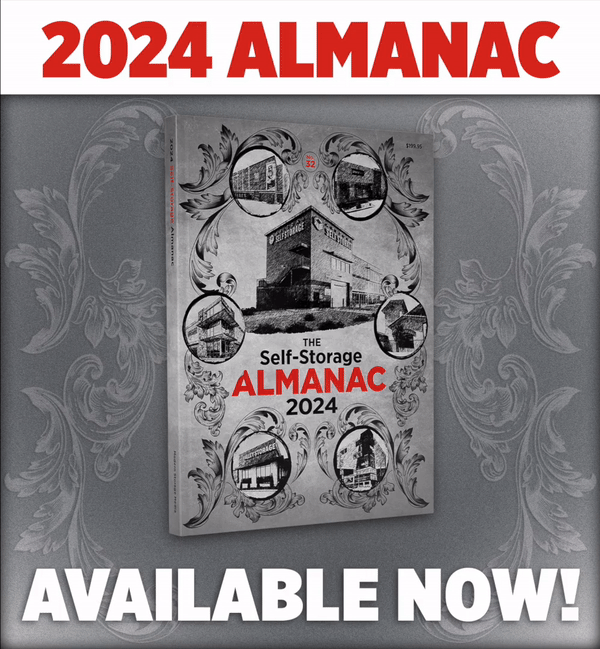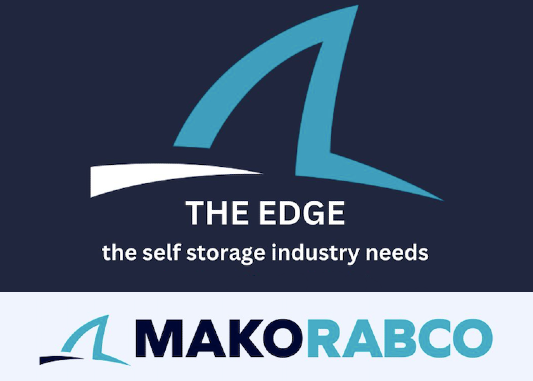Sky-High Storage: The Rise Of Vertical Self-Storage Solutions
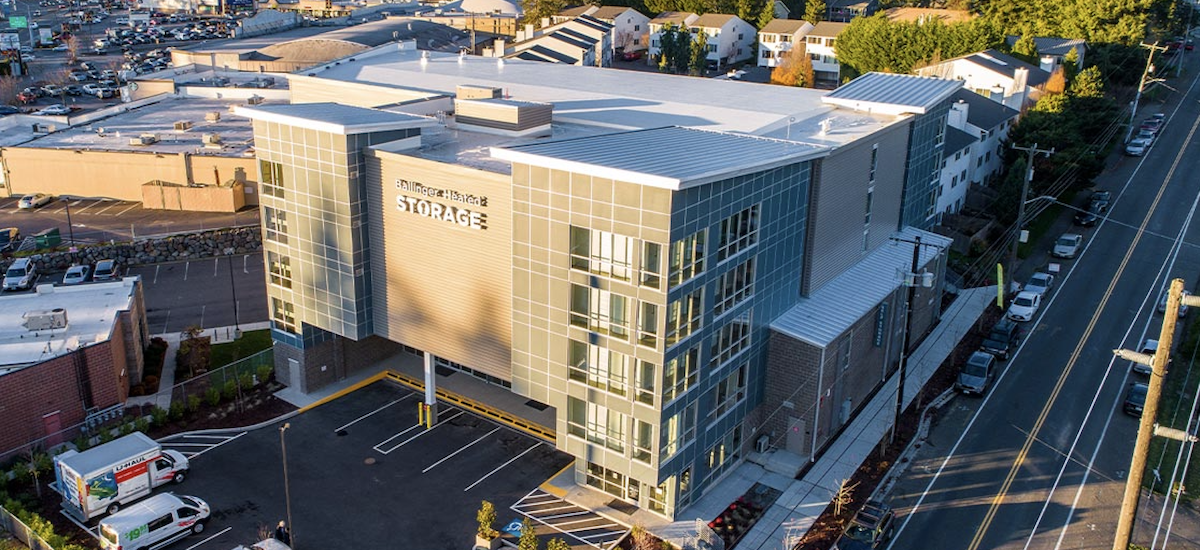
Embracing Verticality
Gone are the days when self-storage facilities were only relegated to the outskirts of town. In urban centers, the demand for storage space is on the rise, yet the availability of land remains static. This challenge has led our team to reimagine self-storage, transitioning from sprawling facilities to multistory structures. There are pros and cons between traditional and vertical storage solutions, including:
- Cost Efficiency – Traditional single-story facilities typically require less initial investment due to simpler construction and lower land costs outside urban centers. However, vertical storage solutions, while having higher upfront costs due to complex construction and urban land prices, offer greater revenue potential per square foot. By utilizing vertical space, these facilities can accommodate more units in a smaller footprint, leading to higher returns over time.
- Time Efficiency – The construction time for traditional, single-story storage units is generally shorter, given their simpler design and construction. Vertical facilities, in contrast, require more time for construction due to their complexity and compliance with stricter urban building codes. However, the long-term time efficiency of vertical storage is notable, as these facilities can serve more customers in dense urban environments, leading to quicker lease-up and potentially a faster return on investment (ROI).
- Space Efficiency – Vertical storage facilities excel in space efficiency. In densely populated urban areas, where land availability is limited, going vertical is a strategic way to maximize the use of limited space. This contrasts with traditional storage facilities, which require large land areas for generally larger storage units and vehicle maneuvering and are often located on the outskirts of urban centers, making them less accessible to city dwellers.
- Structural Design Considerations – Vertical self-storage facilities require robust structural designs to ensure safety and stability. This involves advanced engineering to manage the load-bearing requirements of multistory buildings, especially in areas prone to seismic activity or extreme weather conditions.
- Construction Type Considerations – As a building grows in area and number of stories, the building code requires an increase in the construction type to mitigate the associated risk. The code outlines several methods for constructing taller buildings, many of which involve the use of a podium base.
- Zoning Regulations and Compliance – Navigating zoning regulations is a significant challenge for vertical storage solutions. Urban areas often have stringent zoning laws, requiring developers to obtain various permits and adhere to specific construction standards. This process can be time-consuming and costly, impacting the overall feasibility of such projects.
- Community Responses and Integration – Community response to vertical storage facilities can vary. While these structures provide a much-needed service in dense urban areas, they must be designed to blend seamlessly with the urban landscape. Aesthetic considerations, traffic impact, and the facility’s contribution to the neighborhood’s character are essential factors in gaining community acceptance and support.
Seattle And Portland Case Studies
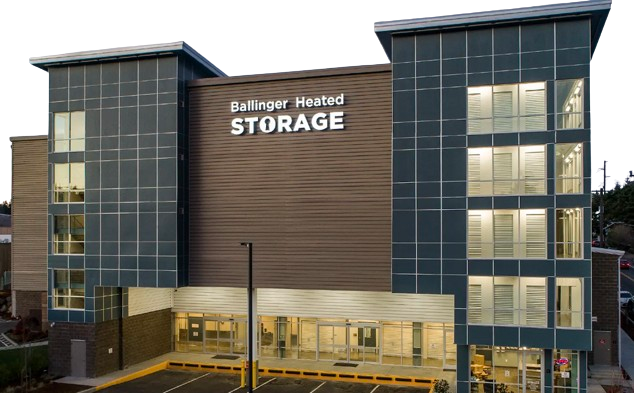
In Seattle, the scope of our work is further highlighted. A standout project is a 10-story high-rise (Type 1B construction) that combines storage, work lofts, parking, and a residential unit, exemplifying the versatility of vertical self-storage in urban settings. Another vertical storage project within the greater Seattle area (Shoreline, Wash.) features a five-story, effective mix of two stories of Type 1A construction with three stories of Type 2B, further demonstrating the creative possibilities unleashed by the new building codes.
Both Seattle’s rapid growth and Portland’s strategic urban management highlight the urgent need for innovative self-storage solutions. Vertical self-storage not only addresses the scarcity of available land but also offers a sustainable approach to urban development.
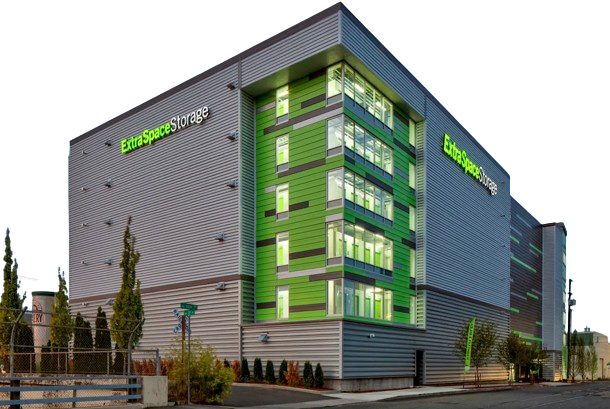
A New Era With 2021 IBC Code Changes
To provide a broader perspective, it’s important to note that different regions and cities across the United States have their own modifications of the IBC, tailored to their specific environmental and urban challenges. For instance, cities in California may have stricter seismic design requirements, while those in hurricane-prone areas like Florida have different wind load specifications. Both the states of Oregon and California have rewritten the IBC to their own standards, but they’re still based on the risk forming principals of the IBC.
Comparing these changes to other urban areas reveals a diverse approach to city development and construction standards, influenced by regional factors such as climate, geography, and density. Some areas might adopt more stringent measures for fire safety or environmental sustainability, while others focus on flexibility to encourage development.
CHALLENGES AND LIMITATIONS
- Increased Complexity in Design and Construction – The allowance for higher buildings under the new code requires more complex architectural and engineering solutions. This includes considerations for structural integrity, safety, and compliance with higher standards.
- Cost Implications – While the new code allows for greater height and density, it can also lead to increased costs. More stories mean more materials, advanced safety features, and possibly higher labor costs.
- Regulatory Compliance – Navigating the new code can be challenging for developers and architects. Ensuring compliance with the latest standards demands thorough understanding and often necessitates consultation with experts in building code regulation.
- Community Impact – Higher buildings can have a significant impact on the surrounding community. They can alter the skyline, block views, affect traffic patterns, and have implications for local infrastructure.
- Environmental Considerations – Taller buildings can have different environmental footprints, requiring careful planning regarding energy efficiency, waste management, and sustainability practices.
Vertical self-storage not only addresses the scarcity of available land but also offers a sustainable approach to urban development.
ARCHITECTURAL AND AESTHETICS
- Design – Vertical storage facilities offer a canvas for architectural innovation. Unlike the traditional, utilitarian appearance of horizontal storage facilities, vertical structures can be designed with modern, aesthetically pleasing elements that blend with or even enhance the urban skyline.
- Customization – These buildings provide opportunities for unique branding and design customization. Creative use of façade treatments, lighting, and signage can turn a storage facility into a landmark that contributes positively to the urban aesthetic.
- Mixed-Use Potential – Vertical self-storage facilities can be integrated into mixed-use developments, combining storage with residential, retail, or office spaces. This integration not only maximizes land use but also contributes to the vibrancy and diversity of urban neighborhoods.
- Enhancements – By going vertical, storage facilities contribute to urban density, a key component in the development of walkable, transit-oriented neighborhoods. This density can lead to more efficient land use and better integration with other urban functions.
ENVIRONMENTAL IMPACTS
- Reduced Footprint – Vertical storage facilities offer a reduced land footprint, which is especially beneficial in urban areas where land is scarce and valuable.
- Energy Efficiency and Stormwater Management – Modern vertical storage buildings are at the forefront of combining energy efficiency with stormwater management. Designed with solar panels, energy-efficient lighting, and HVAC systems, these buildings significantly lower environmental impacts. Additionally, green roofs and permeable surfaces play a crucial role in managing runoff, easing the load on urban sewer systems.
- Sustainable Materials and Construction – The construction of vertical storage facilities offers the opportunity to use sustainable materials and construction practices. This includes the use of recycled materials, low-impact construction methods, and sustainable waste management during construction.
Charting The Future Of Urban Self-Storage
More Content
Popular Posts
The self storage industry is in a precarious...
Joe Shoen, CEO of U-Haul, has had enough.
Like its name implies, Surprise, Ariz., a...
Joe Shoen has had enough.
In a record-breaking deal finalized May 12,...
Senate Bill 709 (SB709) has many in the...
Donald Trump has just reclaimed the White...
The question of “abandonment” of stored...
Self-storage operators wear a lot of hats....
In 1992, Clinton strategist James Carville...
Recent Posts
When Neville Kennard left for a work trip to...
Self-storage software is no longer...
The self-storage industry continues to...
Fires in California. Tornadoes in Kansas....
From policy pivots in Ottawa to tariff...
Self-storage operators have struggled to...
Their signature red coats may draw attention...
Nailing down Josh and Melissa Huff for an...



















